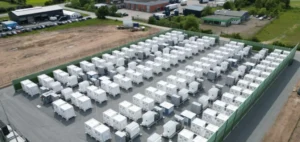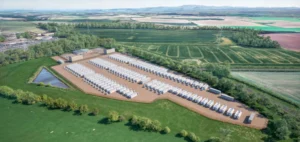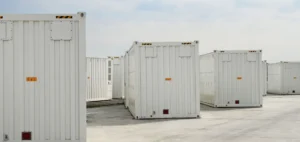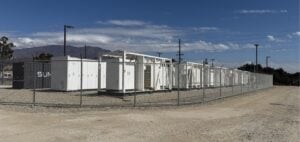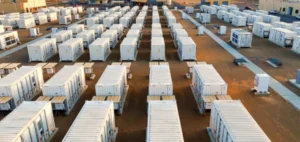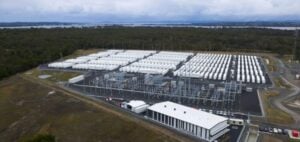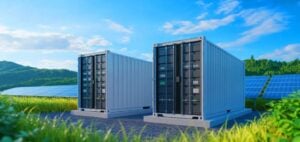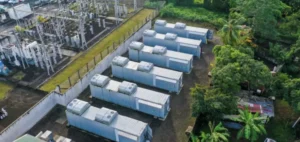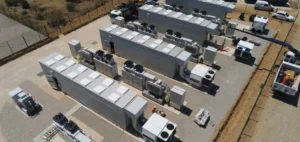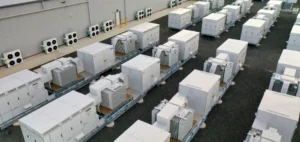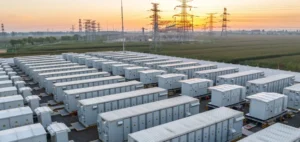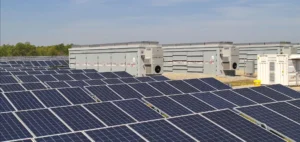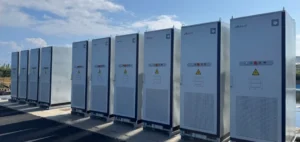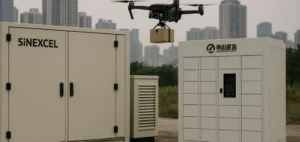The Scottish Government has approved the construction of the Smeaton Battery Energy Storage System (BESS), a 228 MW, 456 MWh storage project near Dalkeith, East Lothian.
The project, developed by Kona Energy, aims to store electricity generated by renewable sources and feed it back into the grid at times of peak demand.
This type of solution responds to concrete issues of grid management and cost reduction linked to infrastructure constraints.
Cost Optimization and Network Constraint Management
Grid constraints are a major issue for the Electricity System Operator (ESO) and National Grid, particularly in Scotland where wind power is often produced in excess of grid capacity.
This results in significant costs associated with limiting production.
National Grid ESO estimates that these costs could reach £3 billion by 2029.
The Smeaton BESS is part of the strategy to reduce these costs by storing excess energy and re-injecting it when demand is high, improving overall grid efficiency.
Anticipating the closure of the Torness nuclear power plant in 2028, the storage project is positioned as a key infrastructure for maintaining grid stability in the region.
Kona Energy, in partnership with players such as Zenobē, Eku and Field, is presenting technological solutions to the challenges of managing constraints through energy storage.
Network Resilience and Investment Strategy
The Smeaton BESS represents a strategic investment to optimize existing energy infrastructure.
Reducing constraints minimizes energy wastage and enhances security of supply.
The involvement of financial partners such as Opus Corporate Finance LLP underlines the growing interest in large-scale energy storage solutions in the UK.
The project also benefits from the expertise of Dr Lu Zhang, recently appointed Technical Director, who will bring in-depth knowledge of battery development and integration into the grid.
The aim is to ensure a return on investment by maximizing grid efficiency and reducing costs for consumers.
This dynamic is in line with the proposals put forward by Kona Energy and its partners as part of ESO’s “Constraints Collaboration Project”, which aim to use energy storage to mitigate the costs of constraints.
Impacts on the energy market and future prospects
The development of solutions like the Smeaton BESS reflects a broader trend in the energy sector: the need for flexible infrastructures capable of responding to fluctuations in production and demand.
By optimizing the grid, these systems help stabilize energy prices while avoiding the extra costs associated with energy transmission limitations.
This pragmatic approach is essential to ensure optimal integration of renewable sources and to meet market needs.
The Smeaton BESS project, by integrating into the existing grid, represents a model for future storage initiatives that could play a crucial role in the evolution of the national energy strategy.
By increasing storage capacity, industry players hope to reduce grid inefficiencies and improve the profitability of renewable energy projects.



